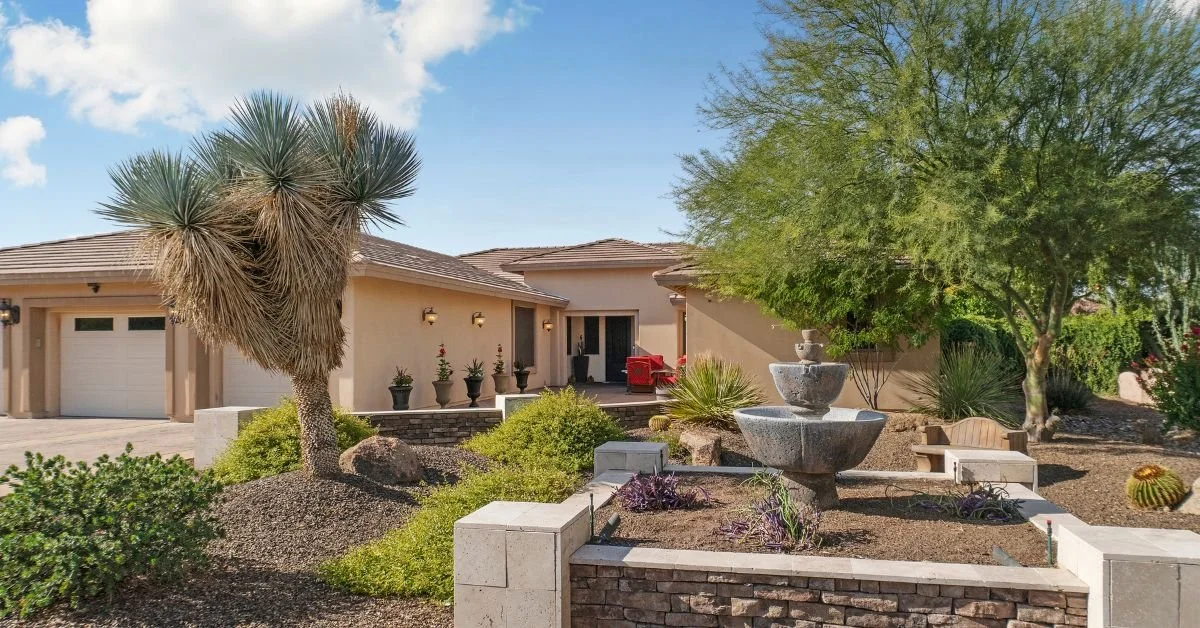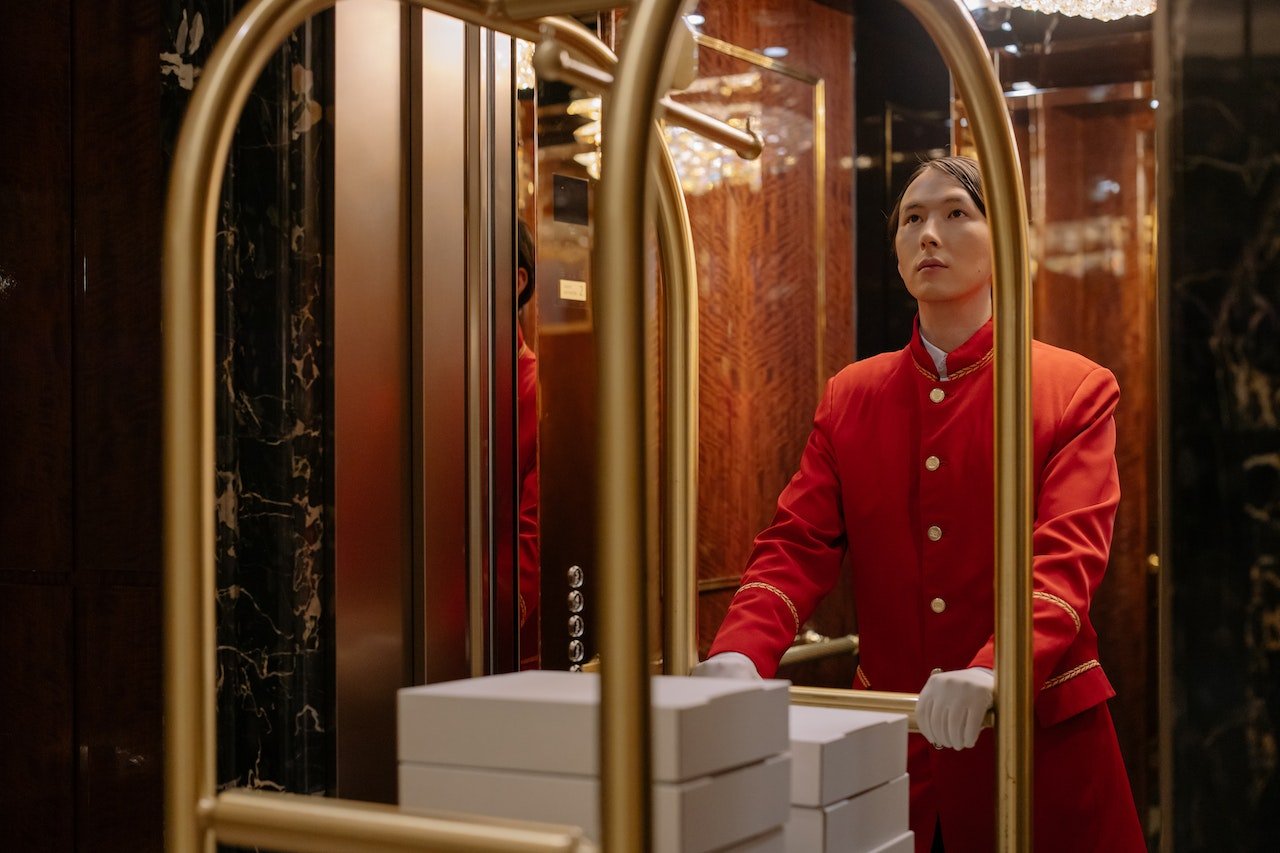The Top Considerations for Roofing Upgrades in Real Estate Investments
Investing in real estate often involves making strategic decisions to maximize the value and longevity of properties. Among the most critical considerations in this regard is the condition of the roof. A well-maintained and robust roof not only enhances the aesthetic appeal of a property but also protects its structural integrity, ensuring long-term profitability and tenant satisfaction. In this comprehensive guide, we delve into the top considerations for roofing upgrades in real estate investments, providing valuable insights for property owners, investors, and stakeholders alike.
Assessing Roofing Materials and Durability
Selecting the right roofing material is paramount when considering upgrades for real estate investments. Factors such as durability, lifespan, maintenance requirements, and aesthetic appeal must all be taken into account. Options range from traditional asphalt shingles to metal, tile, or even eco-friendly materials like recycled rubber or solar panels. Each material comes with its own set of pros and cons, influencing not only the upfront cost but also the long-term sustainability and value of the investment. Conducting thorough research and consulting with roofing experts can help property owners make informed decisions aligned with their investment goals and budget constraints.
Evaluating Environmental Factors and Climate Considerations
The geographical location of a property plays a crucial role in determining the optimal roofing upgrades. Environmental factors such as rainfall, snowfall, wind exposure, and temperature fluctuations directly impact the performance and longevity of roofing materials. For instance, areas prone to heavy rainfall may benefit from materials with superior water resistance, while properties in regions with extreme temperature variations might require insulation and thermal regulation features. Understanding the local climate and its implications on roofing durability is essential for making sustainable investment decisions and minimizing long-term maintenance costs.
Budgeting for Upfront Costs and Long-Term Maintenance
Beyond the initial installation expenses, property owners must account for long-term maintenance costs, repairs, and potential replacements over the roof's lifespan. This is why replacing your roof is a significant investment that requires careful financial planning. While opting for high-quality materials and professional installation may entail higher upfront costs, it can ultimately yield substantial savings by reducing the frequency of repairs and extending the roof's longevity. Budget allocation should also consider factors such as financing options, insurance premiums, and potential tax incentives for energy-efficient upgrades, providing a comprehensive overview of the financial implications of roofing investments.
Understanding Regulatory Compliance and Building Codes
Compliance with local building codes and regulations is non-negotiable when undertaking roofing upgrades in real estate investments. Failure to adhere to these standards can result in costly fines, delays, or even legal liabilities. Property owners must familiarize themselves with zoning laws, permit requirements, and environmental regulations governing roofing projects in their area. Additionally, staying informed about industry standards and best practices ensures that the upgrades meet safety, structural, and aesthetic criteria, enhancing the property's marketability and value. Collaborating with licensed contractors and obtaining necessary permits is essential for navigating regulatory complexities and ensuring smooth project execution.
Prioritizing Energy Efficiency and Sustainability Initiatives
In an era of increasing environmental consciousness and rising energy costs, integrating energy-efficient and sustainable features into roofing upgrades can yield significant benefits for real estate investments. Options such as cool roofs, which reflect sunlight and reduce heat absorption, can lower cooling expenses during hot seasons, improving tenant comfort and reducing carbon footprint. Similarly, incorporating solar panels or green roofing systems can generate renewable energy, enhance insulation, and mitigate stormwater runoff, aligning with sustainability goals and attracting environmentally conscious tenants or buyers. Assessing the lifecycle environmental impact and long-term cost savings of such initiatives is essential for maximizing the return on investment and positioning the property as a forward-thinking asset in the market.
Securing Warranty Coverage and Maintenance Contracts
After completing roofing upgrades, proactive maintenance and warranty coverage are indispensable for preserving the investment value and safeguarding against unforeseen damages or defects. Many reputable roofing manufacturers offer warranty packages that cover materials, workmanship, and even extended protection against weather-related damages. Property owners should thoroughly review warranty terms and conditions, including coverage limitations, exclusions, and maintenance requirements, to ensure comprehensive protection and recourse in case of emergencies. Additionally, establishing maintenance contracts with qualified roofing professionals for regular inspections, repairs, and upkeep can prolong the roof's lifespan, identify potential issues early on, and mitigate costly repairs down the line.ž
In conclusion, roofing upgrades represent a pivotal aspect of real estate investments, impacting property value, sustainability, and long-term profitability. By meticulously assessing roofing materials, environmental factors, budget considerations, regulatory compliance, energy efficiency initiatives, and warranty coverage, property owners can make informed decisions that optimize ROI and mitigate risks. Investing in high-quality materials, professional installation, and ongoing maintenance not only enhances the property's aesthetics and structural integrity but also fosters tenant satisfaction, attracts prospective buyers or renters, and positions the asset competitively in the market. Embracing innovation and sustainability in roofing upgrades not only aligns with evolving market trends but also contributes to a more resilient and environmentally responsible real estate portfolio.







